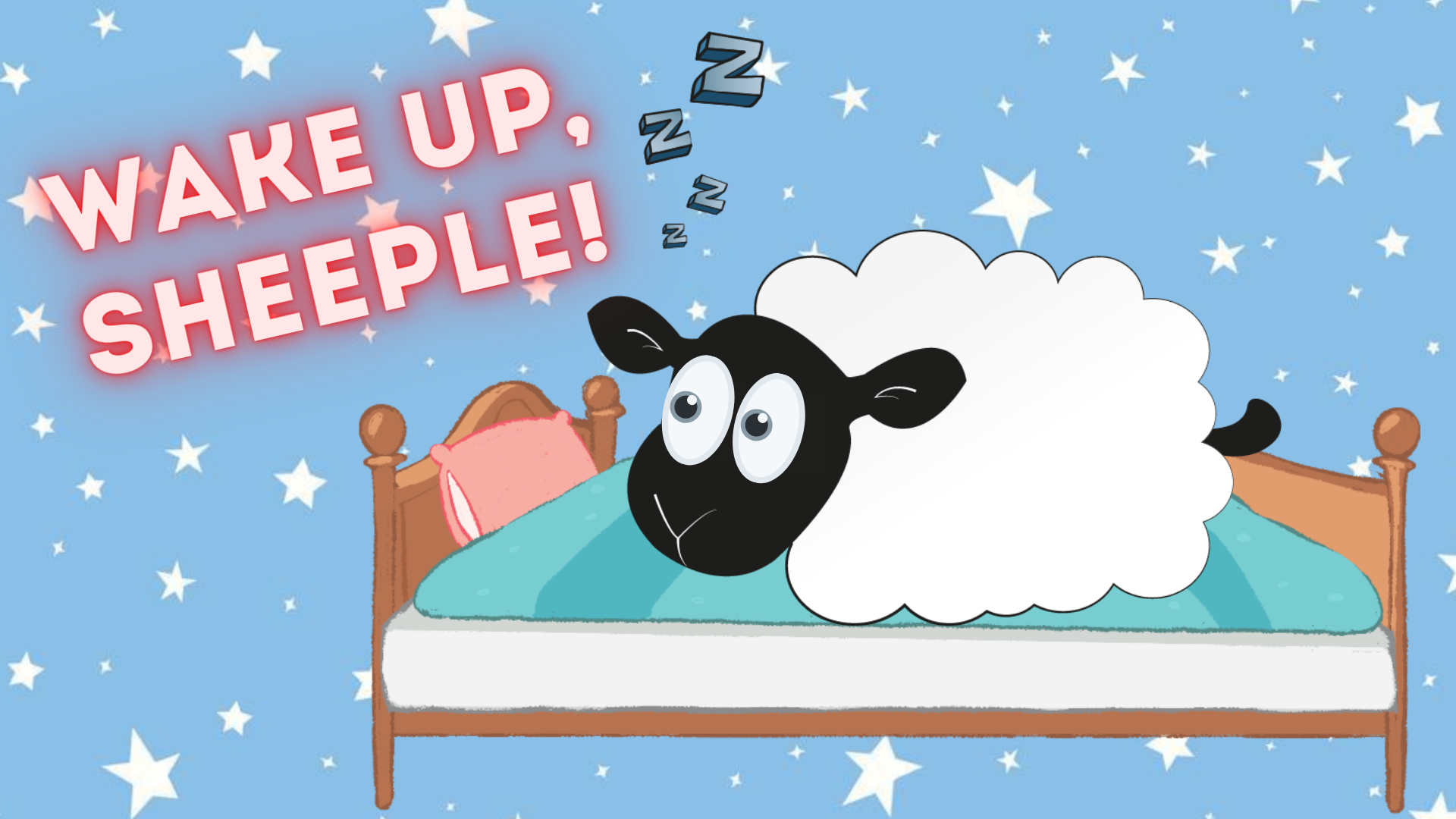Design and defend your very own conspiracy theory
Conspiracy theories are attempts to explain events as the secretive plots of powerful individuals or groups. People use conspiracy theories to make sense of major events, especially in times of uncertainty, often in ways that confirm their existing ideas and beliefs. Believing in a conspiracy theory’s simple narrative can provide a sense of control and understanding. They can also help people cope: we don’t like the fact that random, terrible things can happen, and we want someone to blame.
Many students (indeed, many Americans) believe in some kind of conspiracy theory. It would be nearly impossible to cover them all…and a new one could pop up at any moment. A better solution is to inoculate our students against misinformation by exposing them to the techniques used to mislead.
The good news is that critical thinking can immunize us against believing in conspiracy theories. Unfortunately, conspiracy theorists often believe they are the “real” critical thinkers, who know the “truth,” unlike the “sheeple” who need to “wake up,” “think for themselves, and “do their own research.” Ironically, this may immunize believers against true critical thinking, which is what is needed to identify real conspiracies.
One of the best ways to learn to identify misinformation is to create it. Therefore in this activity, students fabricate their very own conspiracy theory.
What follows are the instructions I provide to students.
INSTRUCTIONS
There are three parts to this activity. In Part 1, you will create your very own conspiracy theory. In Part 2, you will defend your conspiracy theory against attempts to disprove it. And in Part 3, you will apply the critical thinking concepts and traits of conspiratorial thinking you’ve learned in class.
Part 1: Invent a wild conspiracy theory
Let your imagination run wild and create your very own conspiracy theory! (The weirder the better.) Make sure you include all of the following:
- Who are the conspirators?: Every conspiracy needs a powerful person or group of people behind it. Are they in the government? Industry? Famous celebrities? Aliens?!?!
- What did they do?: They’re up to no good, of course. But what specific events or chain of events did they cause?
- Why did they do it?: Their motivations are obviously evil. Is it for power? Money? Control?
- What is the evidence?: Why do you (or why should others) believe in the conspiracy? Do “your own research” and find at least three pieces of evidence that support your conspiracy. How do the pieces of evidence fit together to support your narrative? DON’T limit yourself to reliable sources…that’s what the sheeple do. But you DO need to construct a convincing narrative and make your conspiracy theory “believable” to others.
Part 2: Whatever you do, don’t change your mind
Share your conspiracy theory with your classmates. They obviously won’t believe you at first, but wake them up!
Your classmates are going to try to change your mind, but you know the truth. Whatever evidence or reasoning they throw at you, find a way to turn it around so that it supports your theory.
Part 3: Applying critical thinking concepts and the traits of conspiratorial thinking
Briefly define each of the following, then explain how the concept applies to what you learned in this activity.
- Motivated reasoning
- Confirmation bias
- Cherry picking
- Pattern recognition (re-interpreting randomness)
- Unfalsifiability (immune to evidence)
End by completing this sentence, “This activity helped me to appreciate….”
Useful Resources:
Lewandowsky, S., & Cook, J. (2020). The Conspiracy Theory Handbook. Available at http://sks.to/conspiracy
Thinking Is Power: From non-majors biology to critical thinking: An educator’s journey
